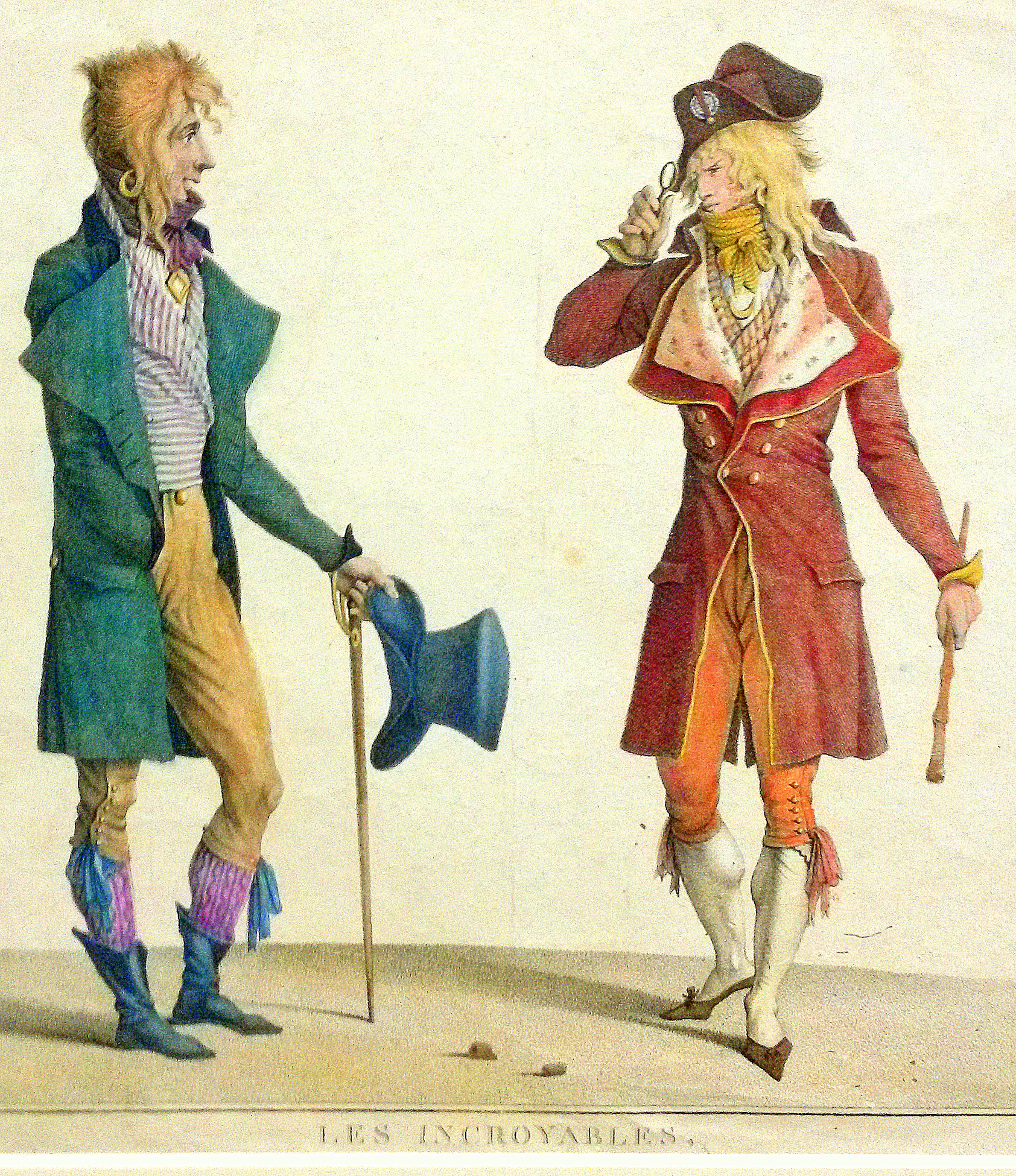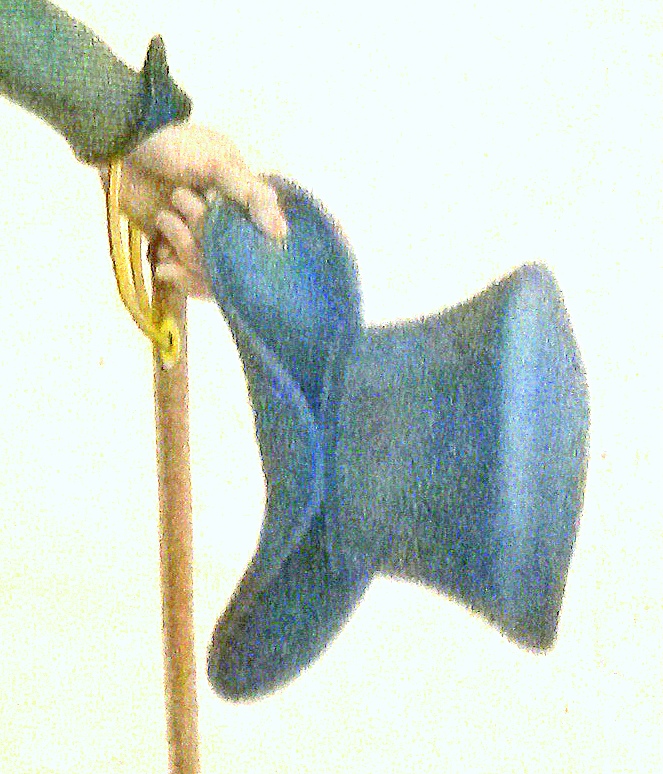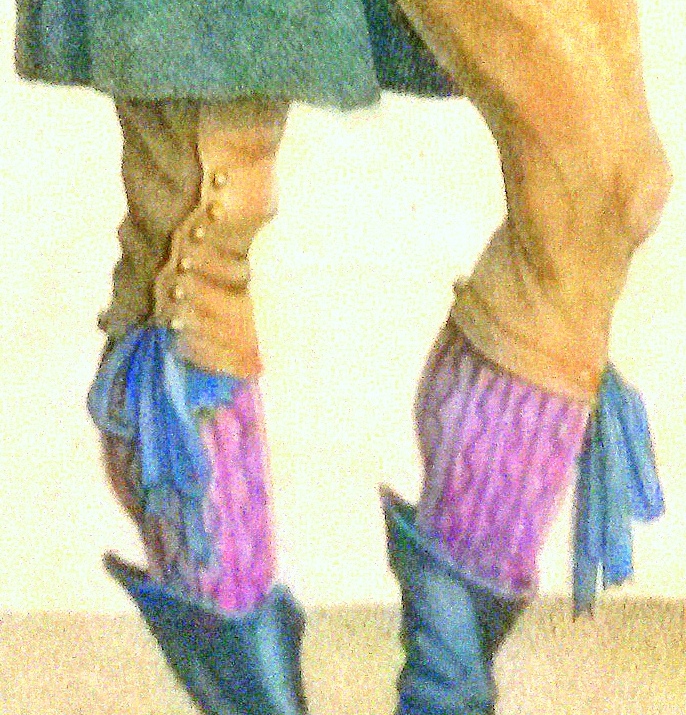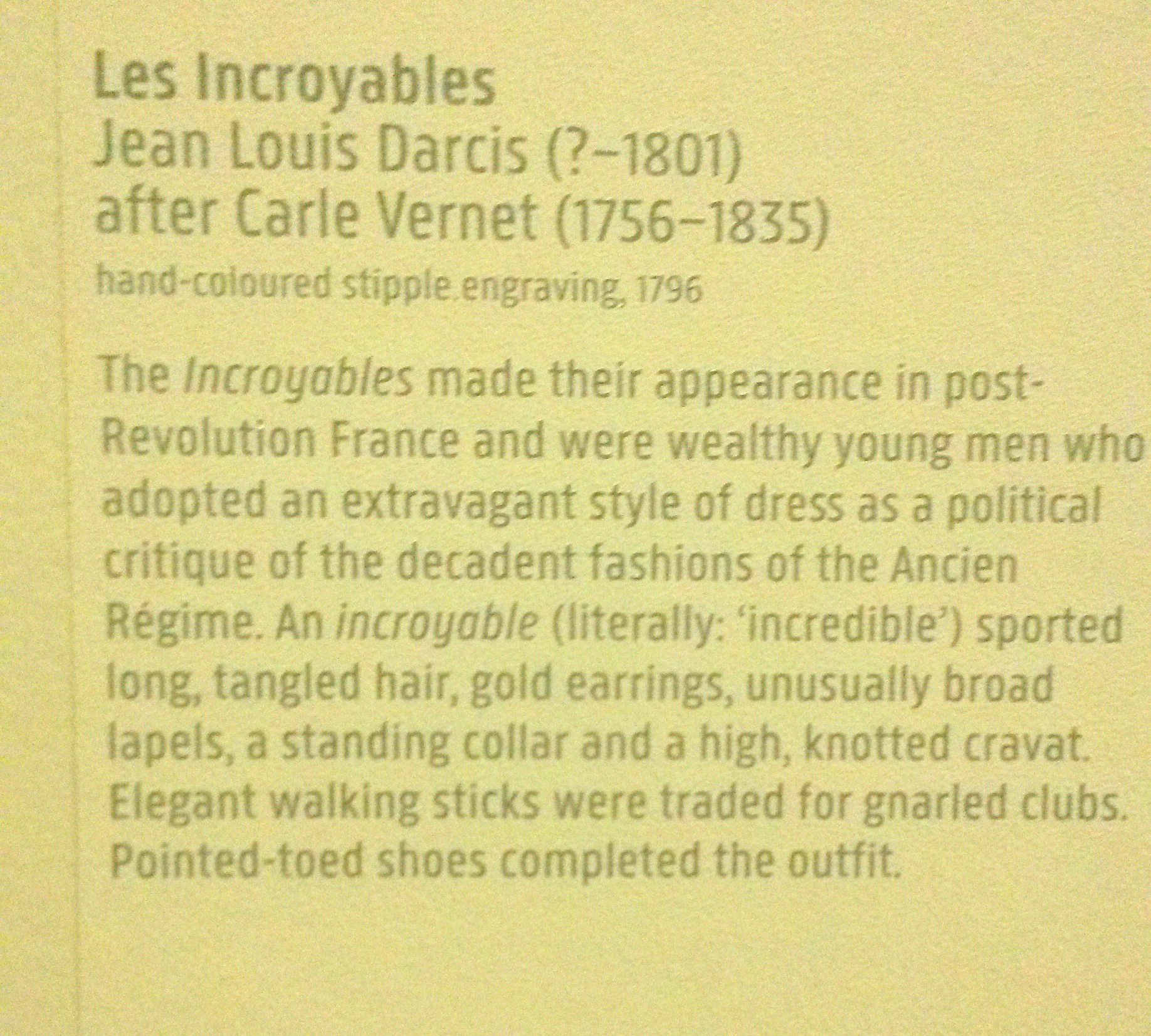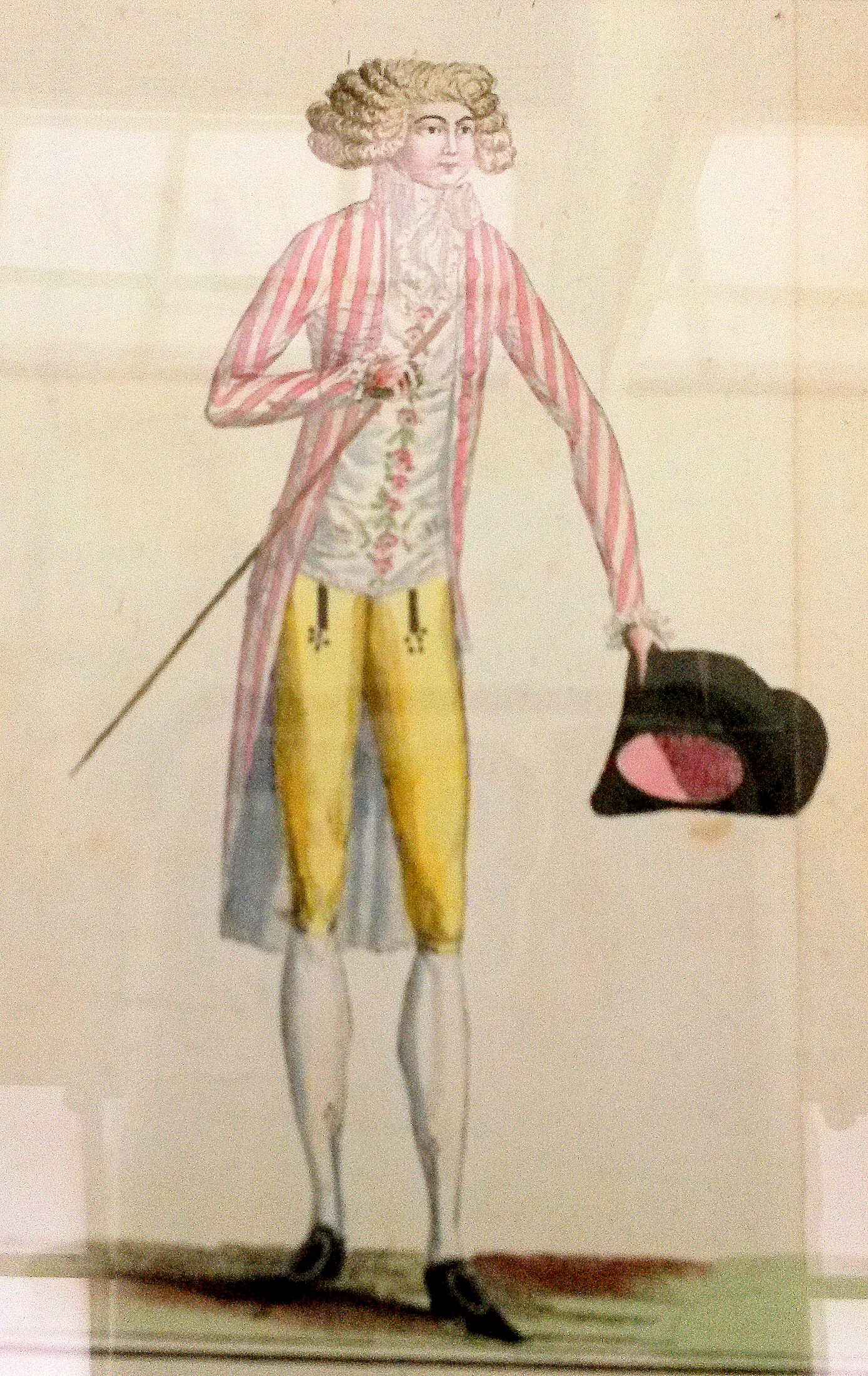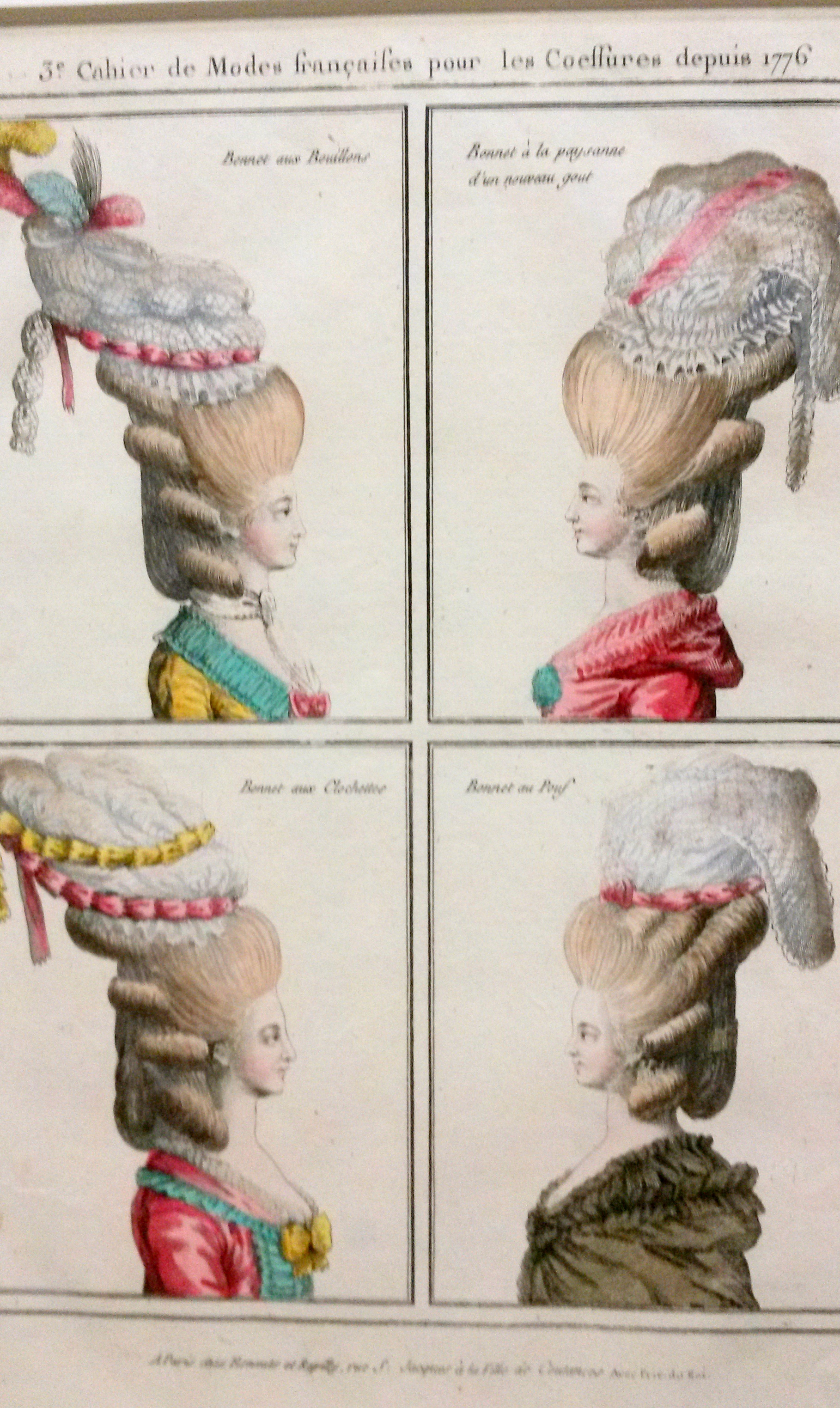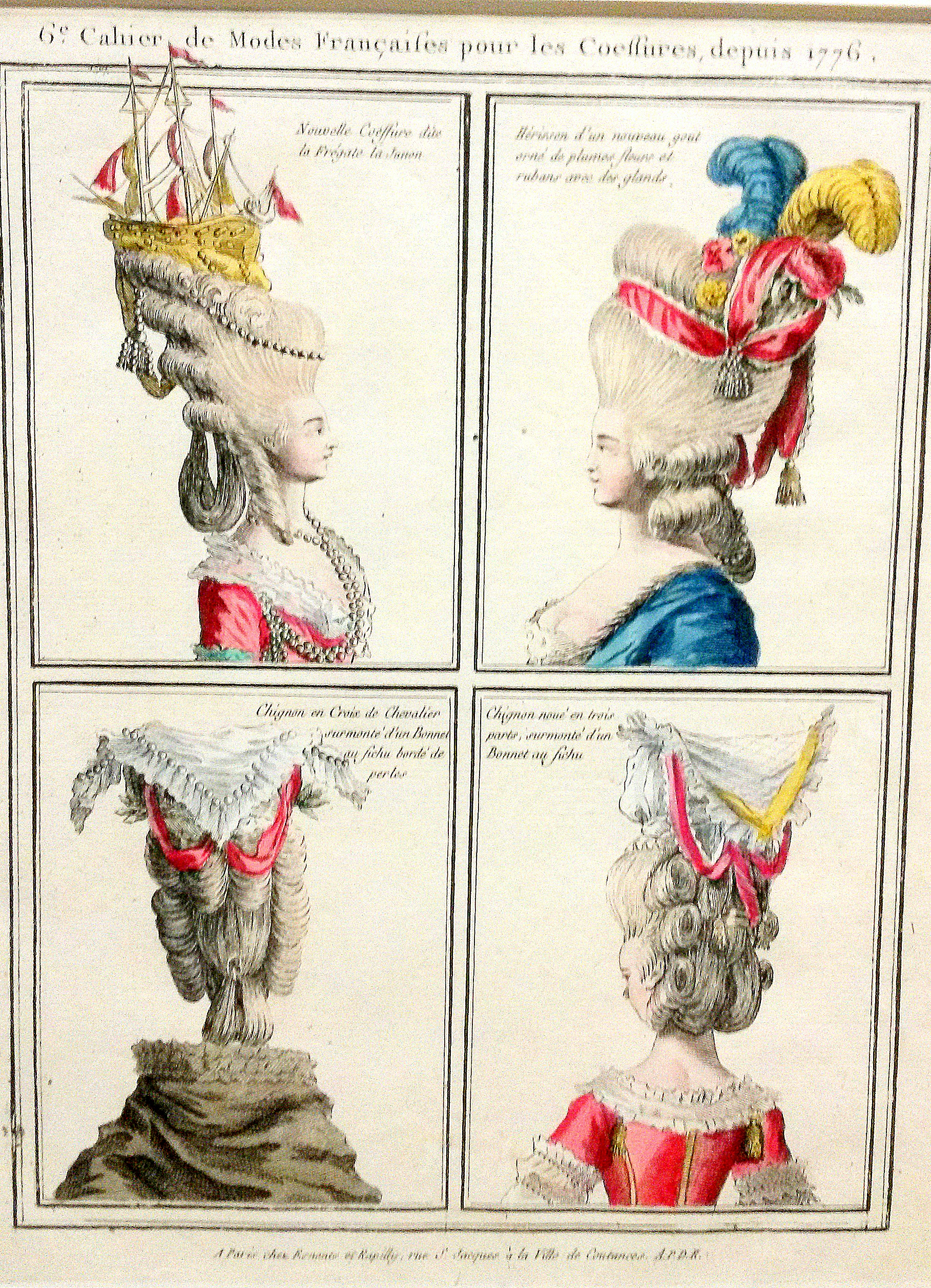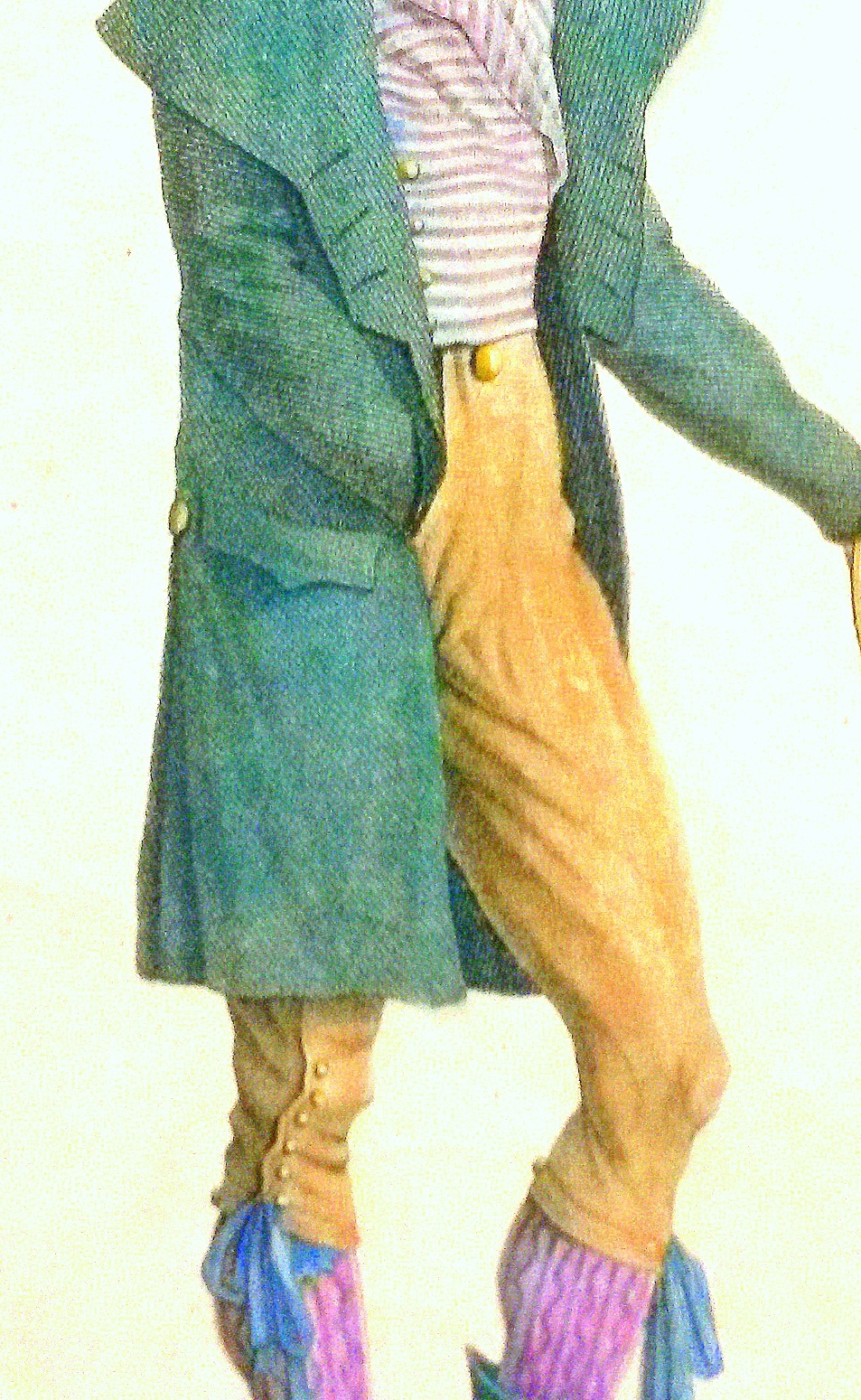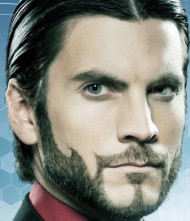Weirder than Fiction
Building Believable (and Fantastic!) Fantasy Worlds
Reality is often truly stranger than anything you could make up, so it pays to research.
Take this picture from a late 17th century fashion mag displayed in the Rijks Museum, Amsterdam. Look close.
Look how hard these guys are working! That hair! Those stockings! Those accessories! They look like 80s glam rockers!
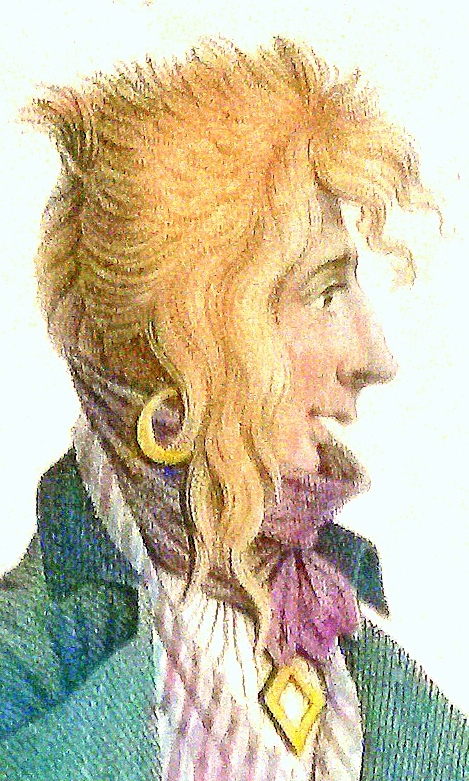
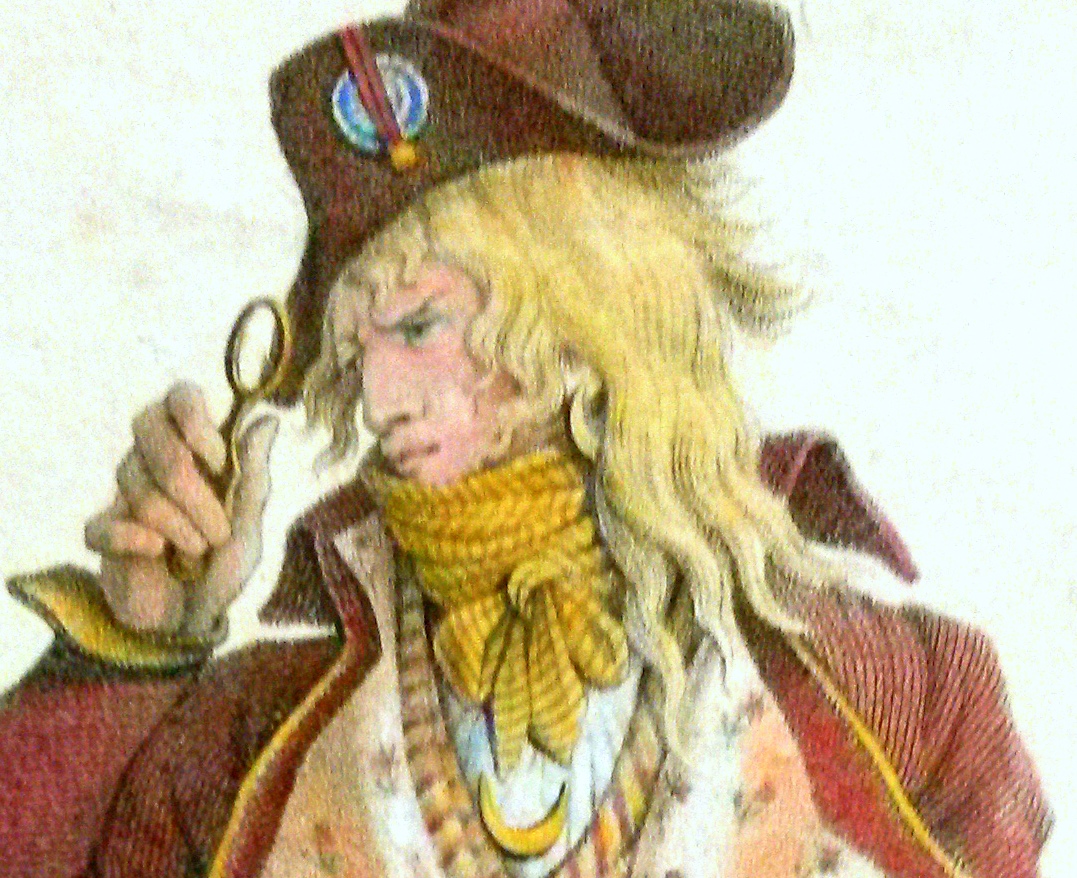
The Inredibles
Turns out, there was a name for this Captain Jack Sparrow style of dress back then. Here is what the Rijks Musuem had to say about them in their Fashion Magazines exhibit: They were called, “The Incredibles.” Not kidding.
So This was Actually Satire of the High Fashions of the Rich!
Still, I am not sure they succeeded in making it more ridiculous than the actual fashions. How could they? Here is one of the men they mocked, also from a fashion mag of the time:
Dude. You’re wearing pink and white candy-cane-striped tails with yellow pantaloons. Nailed it.
Extremities of Female High Fashion
I wish I had more pictures of ridiculous wealthy men’s attire from the time, but most of the extreme examples are of women’s fashion.
Like these insane hairstyles for women.
The Ship one is my favorite:
Here is the Timeless Message of High Fashion:
1) Since no one could possibly do work in such attire, I am clearly wealthy.
2) Since the time it takes to design and execute such confections of hair/clothing makes it impossible to do any actual work during the day, I am clearly wealthy.
3) Since the cost of my fashion–not just in time but in money–is astronomical, I am clearly wealthy.
Building This Principle Into Fantasy A World
A good illustration of this in fantasy is in Martin’s A Game of Thrones (the books, anyway) where the fashion of the noble women of the slave city of Meereen is a dress that is essentially a mummy wrap from neck to ankles, making it impossible for the women to walk in anything but tiny little steps. Clearly, those women are NOT doing any work!
Here’s a dress from modern day high fashion that might have been from Meereen:

I apologize I don’t know where this image came from originally, or I would cite it. I found it via google on a Pinterest page. Anna D made a comment connecting it to Daenerys in Meereen.
Finally, a Note on the Timelessness of Junk Grabbing
Okay, pant-sagging may not have been around in the old days, but the Incredibles did, apparently, grab junk. They were straight up Gs.


